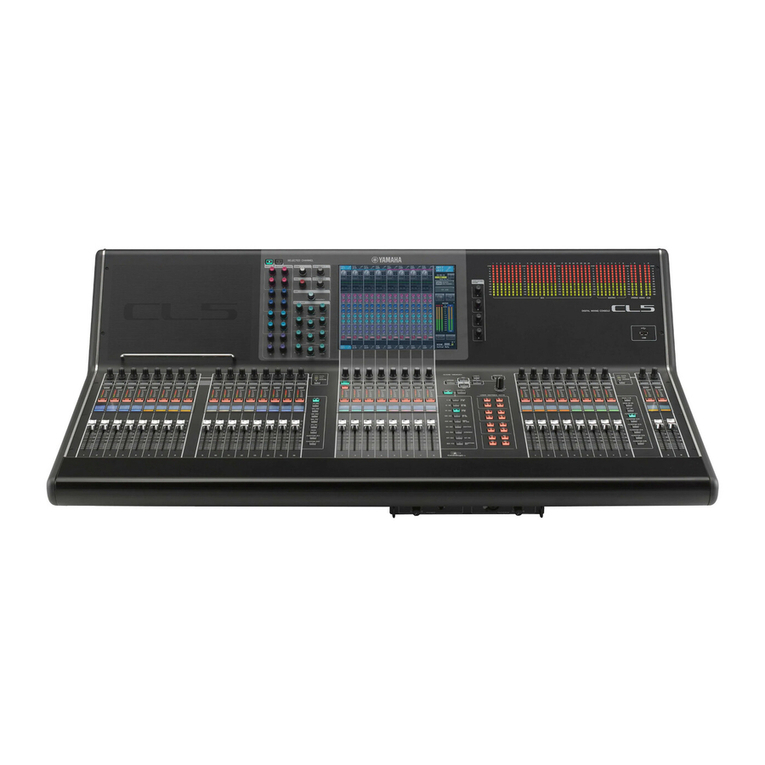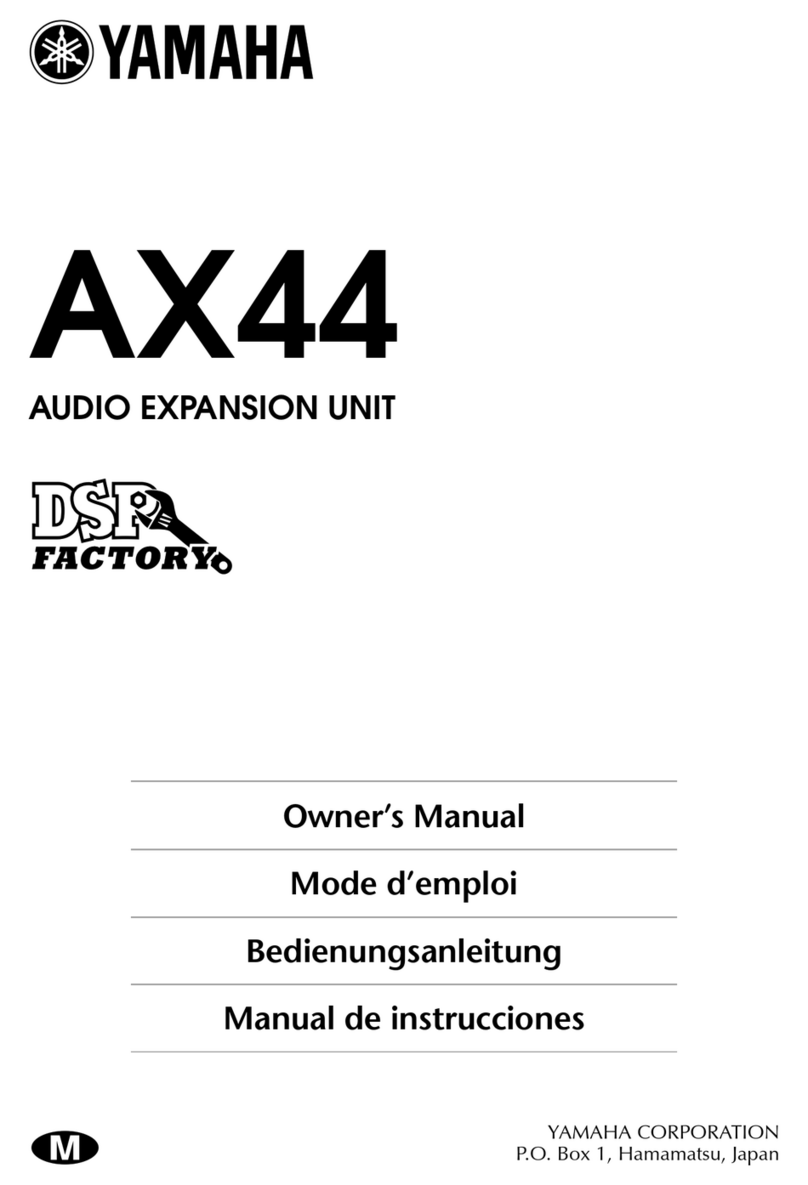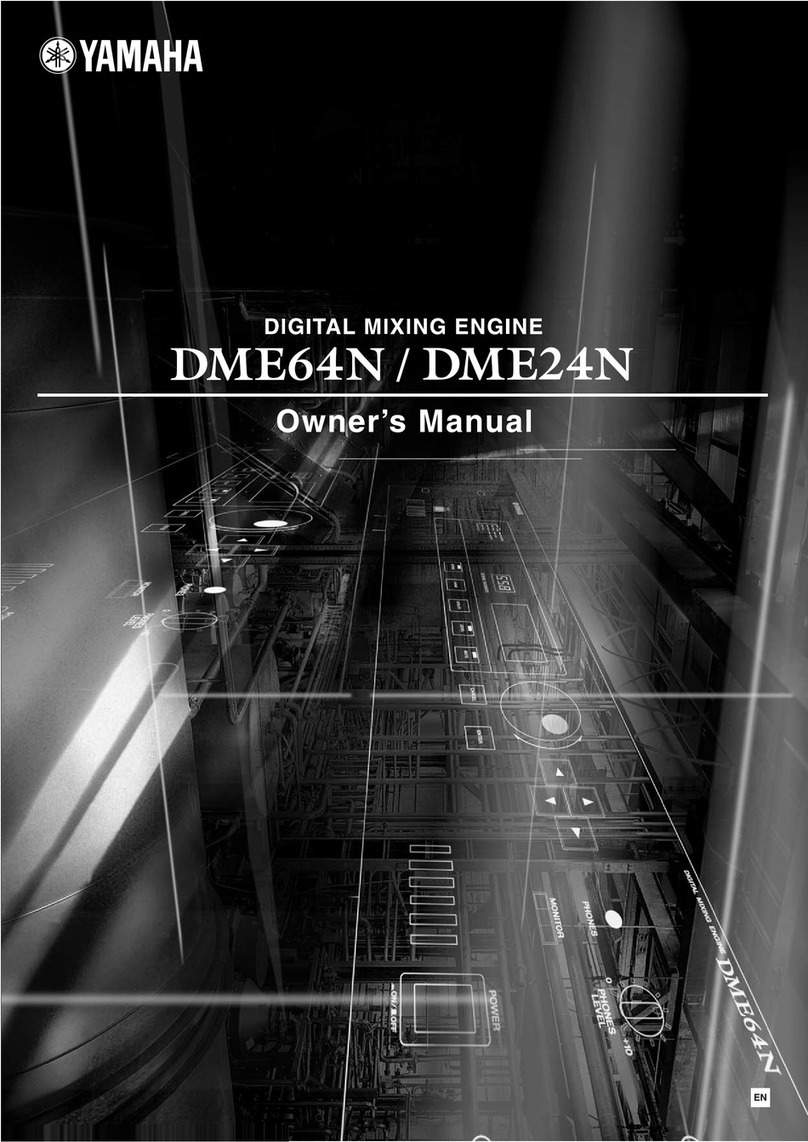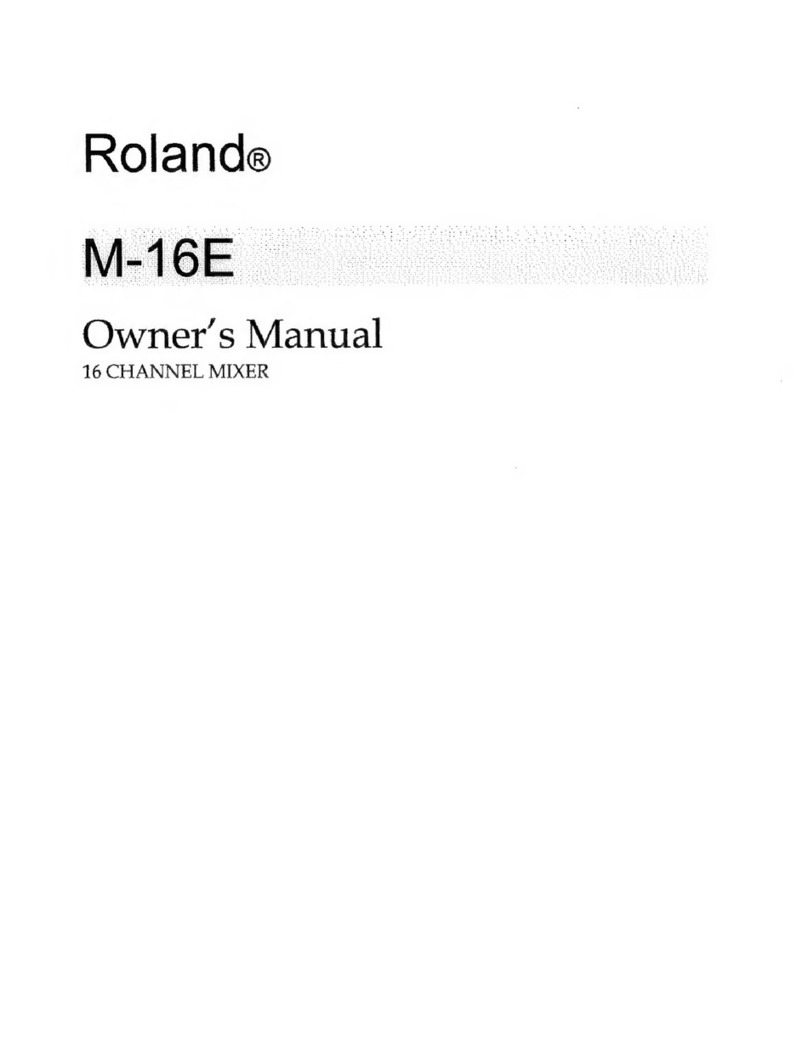Yamaha MC-Series User manual
Other Yamaha Music Mixer manuals

Yamaha
Yamaha DM 2000 Version 2 User manual

Yamaha
Yamaha EMX512SC User manual
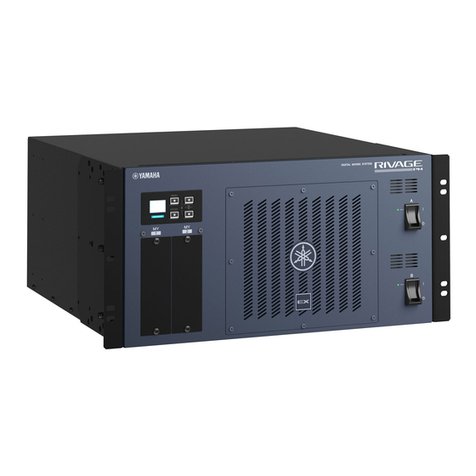
Yamaha
Yamaha RIVAGE PM Series Owner's manual
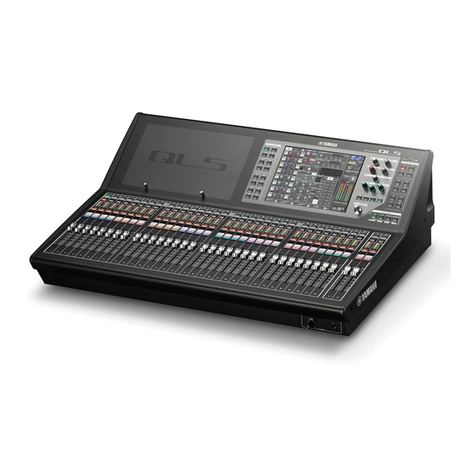
Yamaha
Yamaha CL Series Guide
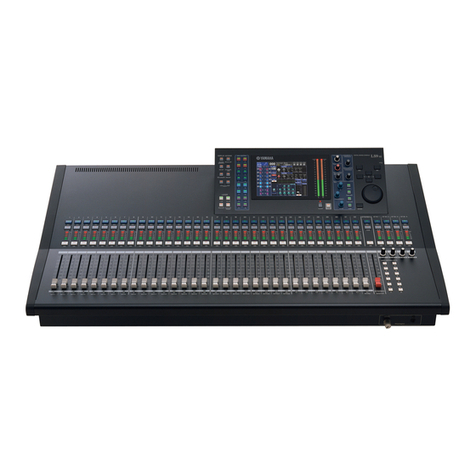
Yamaha
Yamaha LS9-32 User manual

Yamaha
Yamaha TF5 User manual
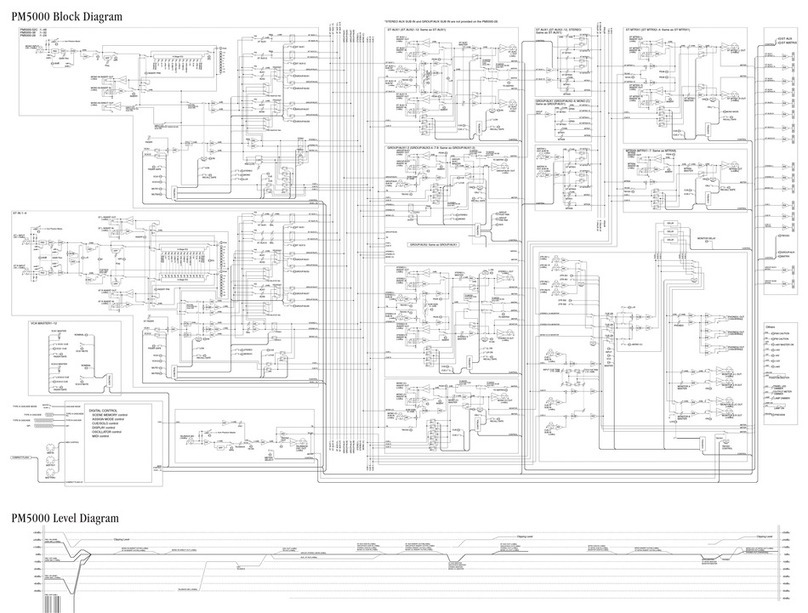
Yamaha
Yamaha PM 5000 Series Quick start guide

Yamaha
Yamaha MW12 User manual
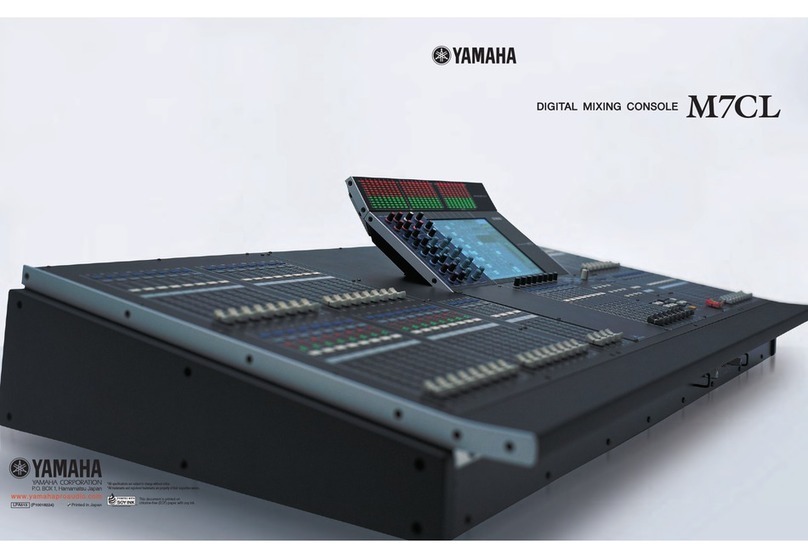
Yamaha
Yamaha M7CL StageMix V1.5 User manual
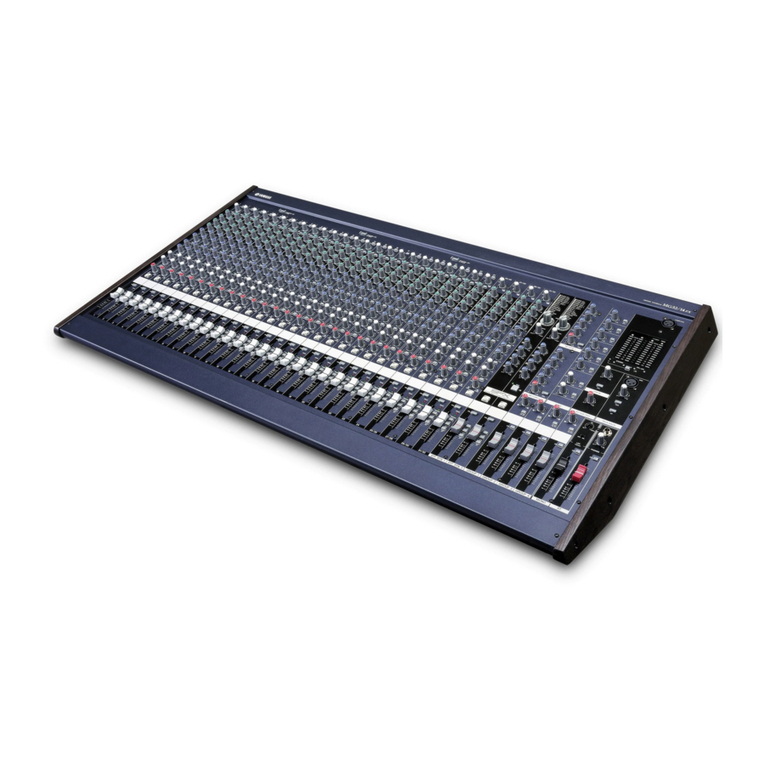
Yamaha
Yamaha MG24/14 FX User manual
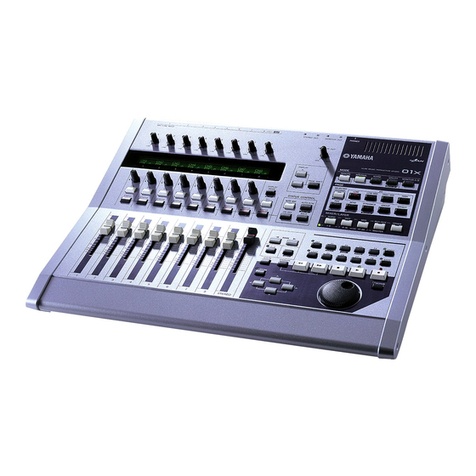
Yamaha
Yamaha 01x User manual

Yamaha
Yamaha MG10 User manual
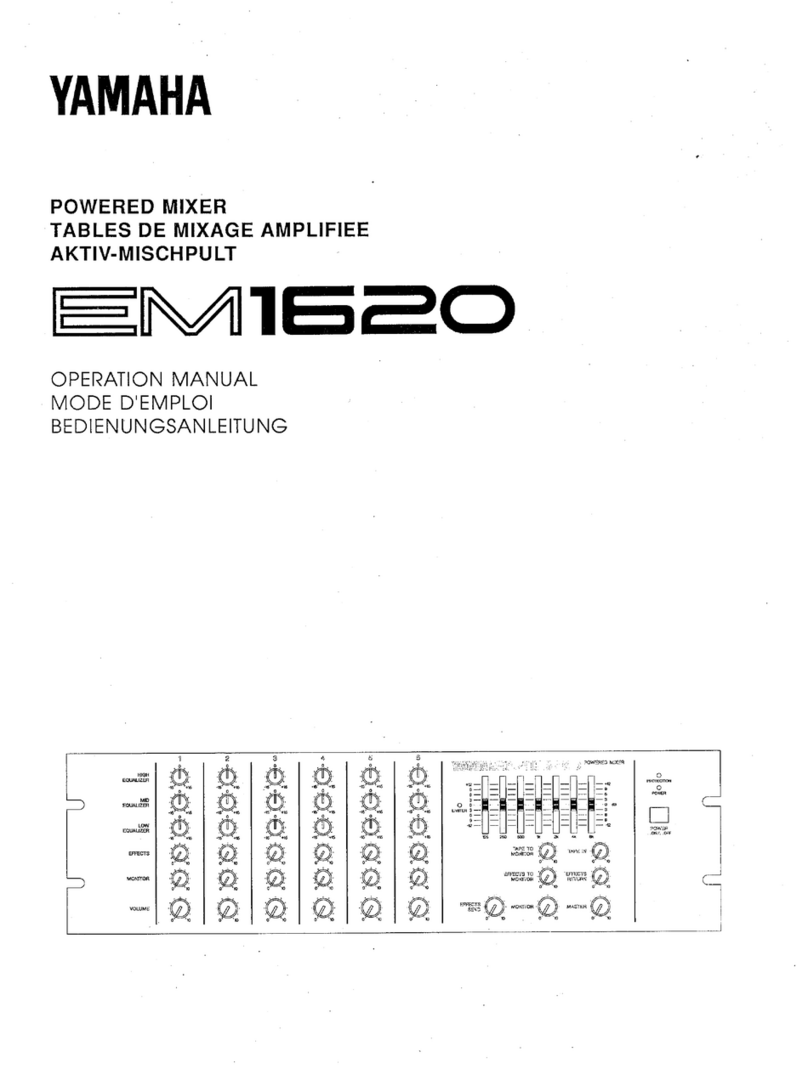
Yamaha
Yamaha EM-1620 User manual

Yamaha
Yamaha EMX3000 User manual
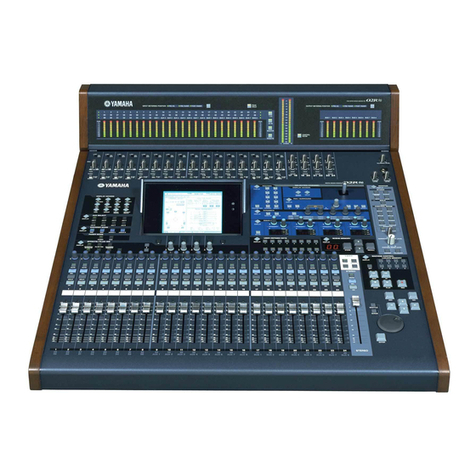
Yamaha
Yamaha O2R96 User manual
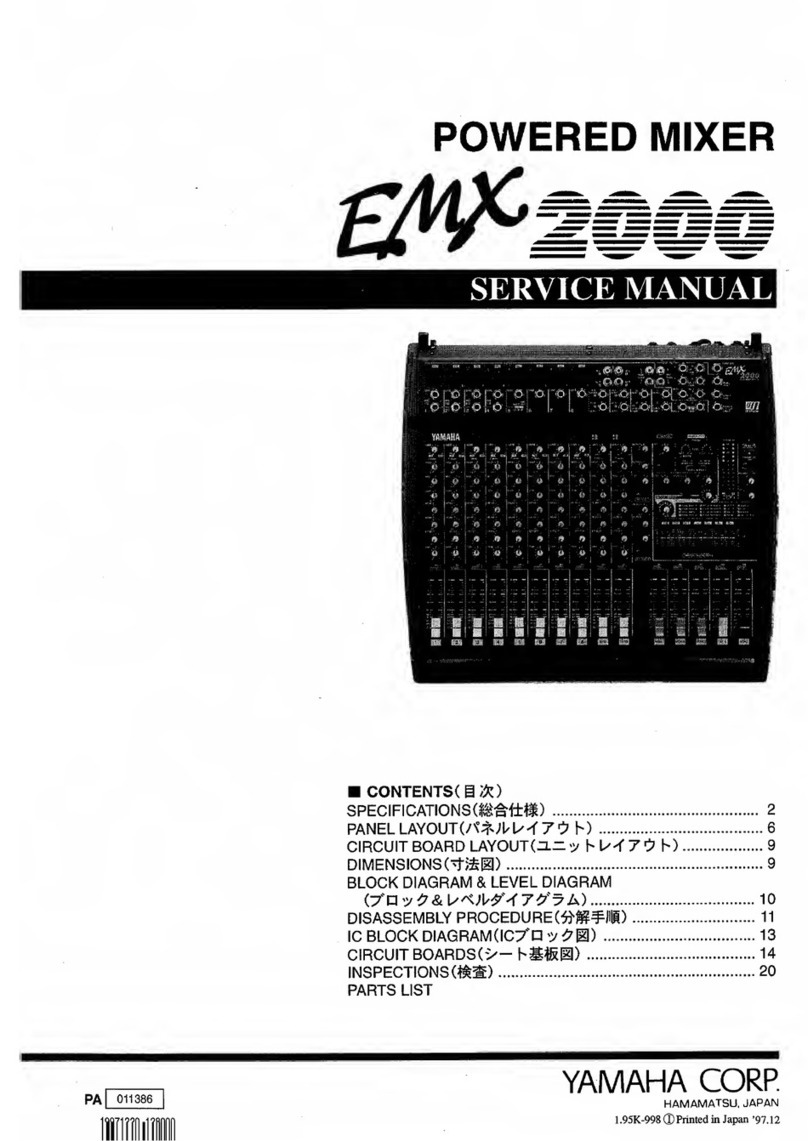
Yamaha
Yamaha EMX 2000 User manual

Yamaha
Yamaha MG206C Setup guide
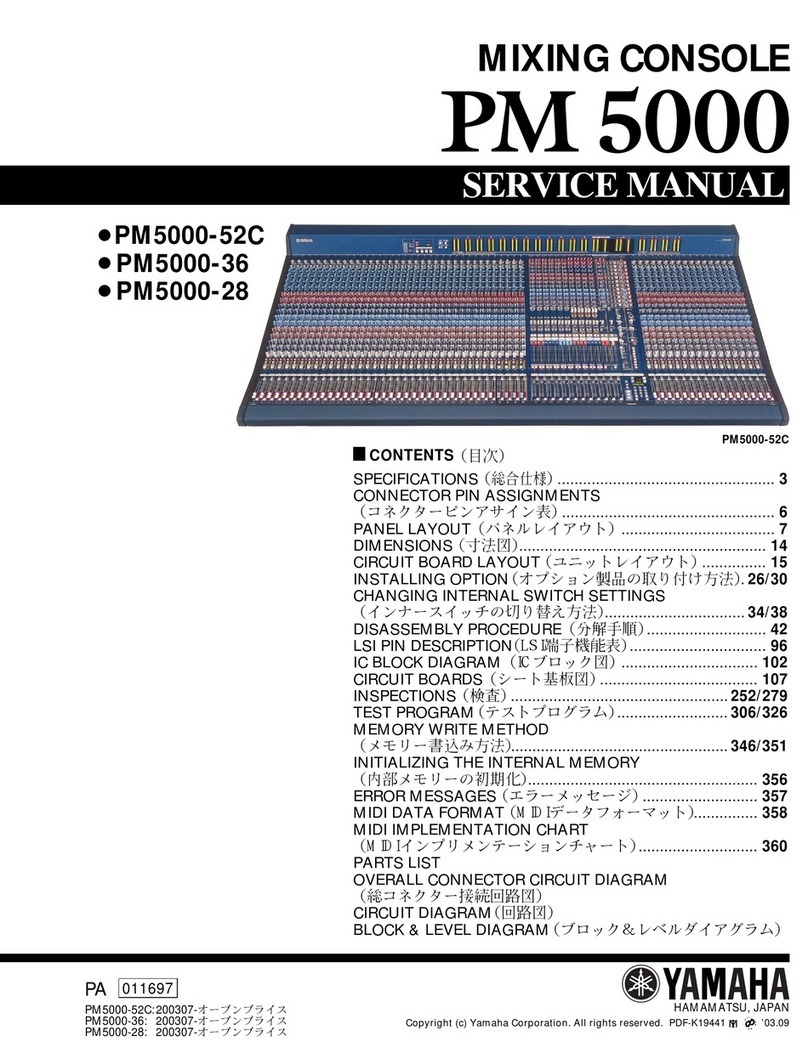
Yamaha
Yamaha PM 5000 Series User manual
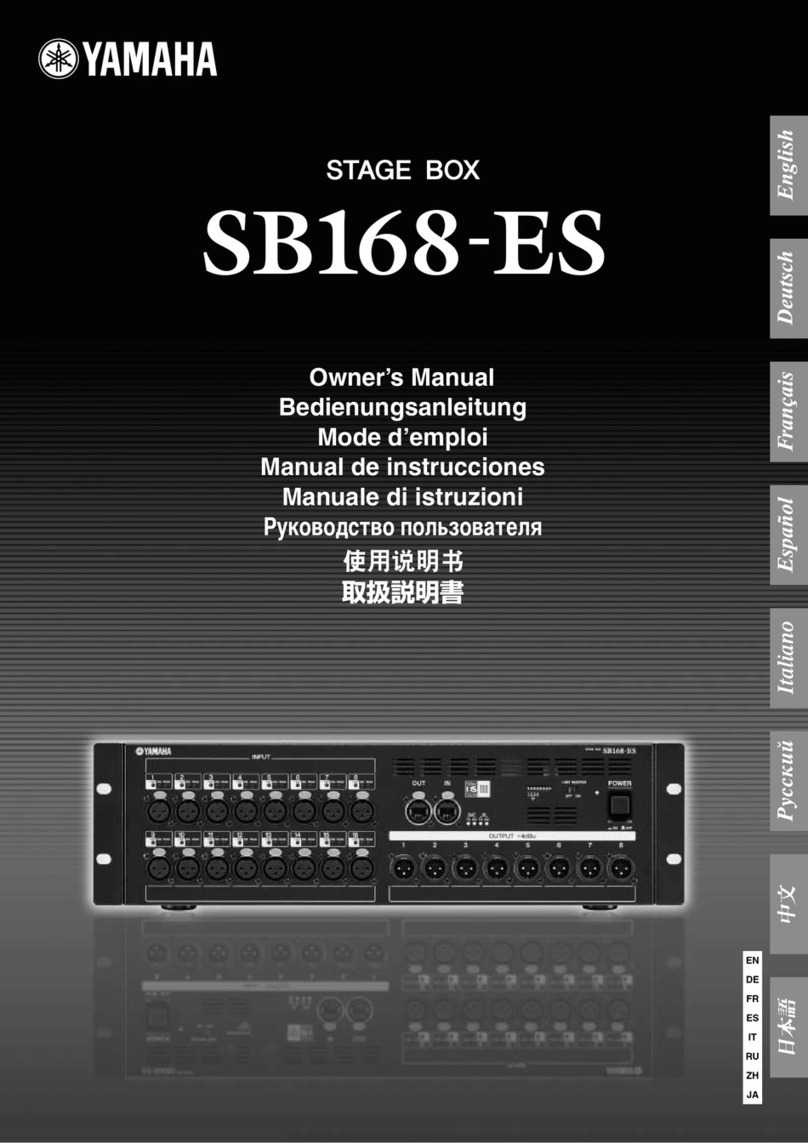
Yamaha
Yamaha SB168-ES Assembly instructions
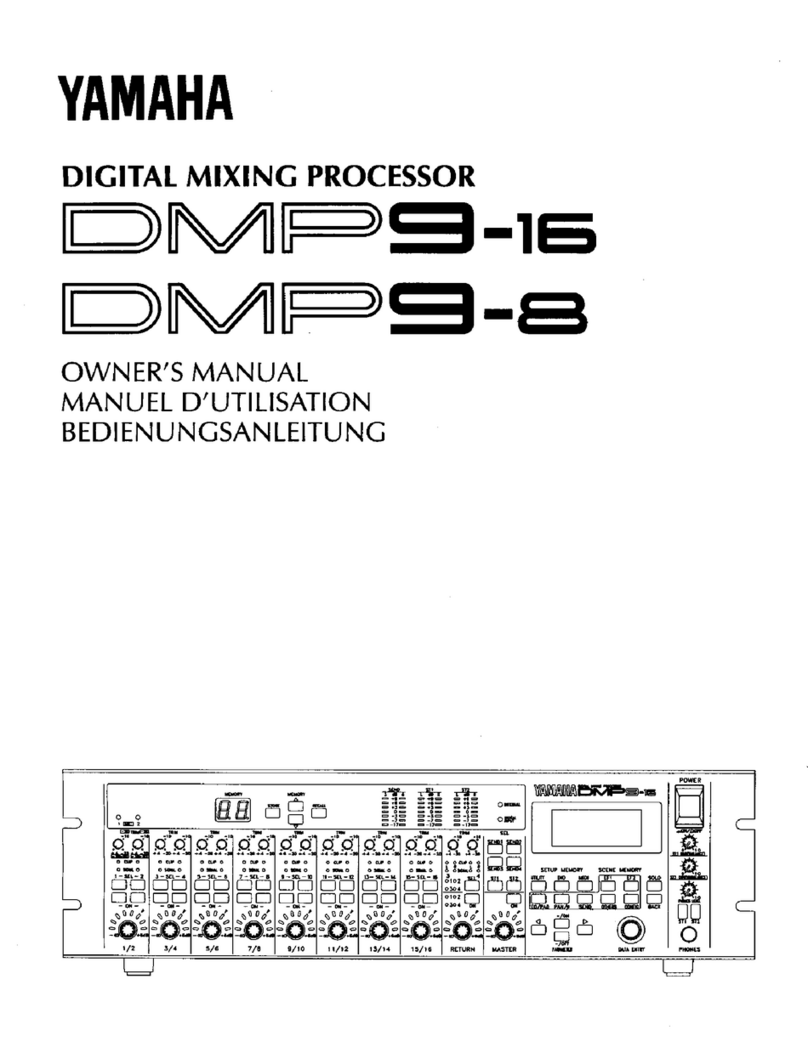
Yamaha
Yamaha DMP9-16 User manual
